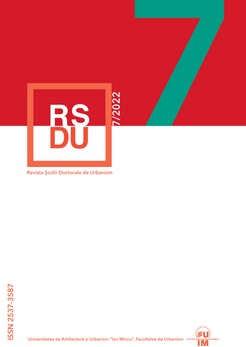Către o mobilitate durabilă: impactul infrastructurilor de transport asupra biodiversităţii zonelor turistice
Towards sustainable mobility: the impact of transport infrastructures on the biodiversity of tourist areas
Author(s): Oana-Cătălina POPESCUSubject(s): Energy and Environmental Studies, Human Ecology, Tourism, Transport / Logistics
Published by: Universitatea de Arhitectură şi Urbanism »Ion Mincu«
Keywords: road infrastructure; protected areas; habitat loss; fragmentation; barriers; corridors; planning;
Summary/Abstract: Tourism is one of the beneficiaries of biodiversity and most tourist areas are in environmentally sensitive points, rich in biodiversity. Transport can put a lot of pressure on them, since road networks are seen as responsible for the decline in the quantity and quality of natural habitat. Transport infrastructure often has negative effects on biodiversity, causing primary effects such as habitat loss, disturbance and fragmentation, and marginal effects such as pollution and noise. However, roadside can act as corridors for wildlife movement, which can be considered an advantage. Given that globally by 2020 it was expected that the length of new roads to increase by 60% compared to 2010 and that transport dedicated to tourism represents over 50% of the total impact of transport on the environment, it becomes imperative to find innovative, alternative, flexible and sustainable solutions of transport to counteract its negative effects. Planning a transport infrastructure must take into account studies not only at local, but at landscape scale. Thus, limiting the effects of habitat fragmentation by the integration of transport infrastructure corridors into natural ecological networks that exists in that landscape could be a solution.
Journal: Revista Şcolii Doctorale de Urbanism
- Issue Year: 7/2022
- Issue No: 1
- Page Range: 67-78
- Page Count: 12
- Language: Romanian

